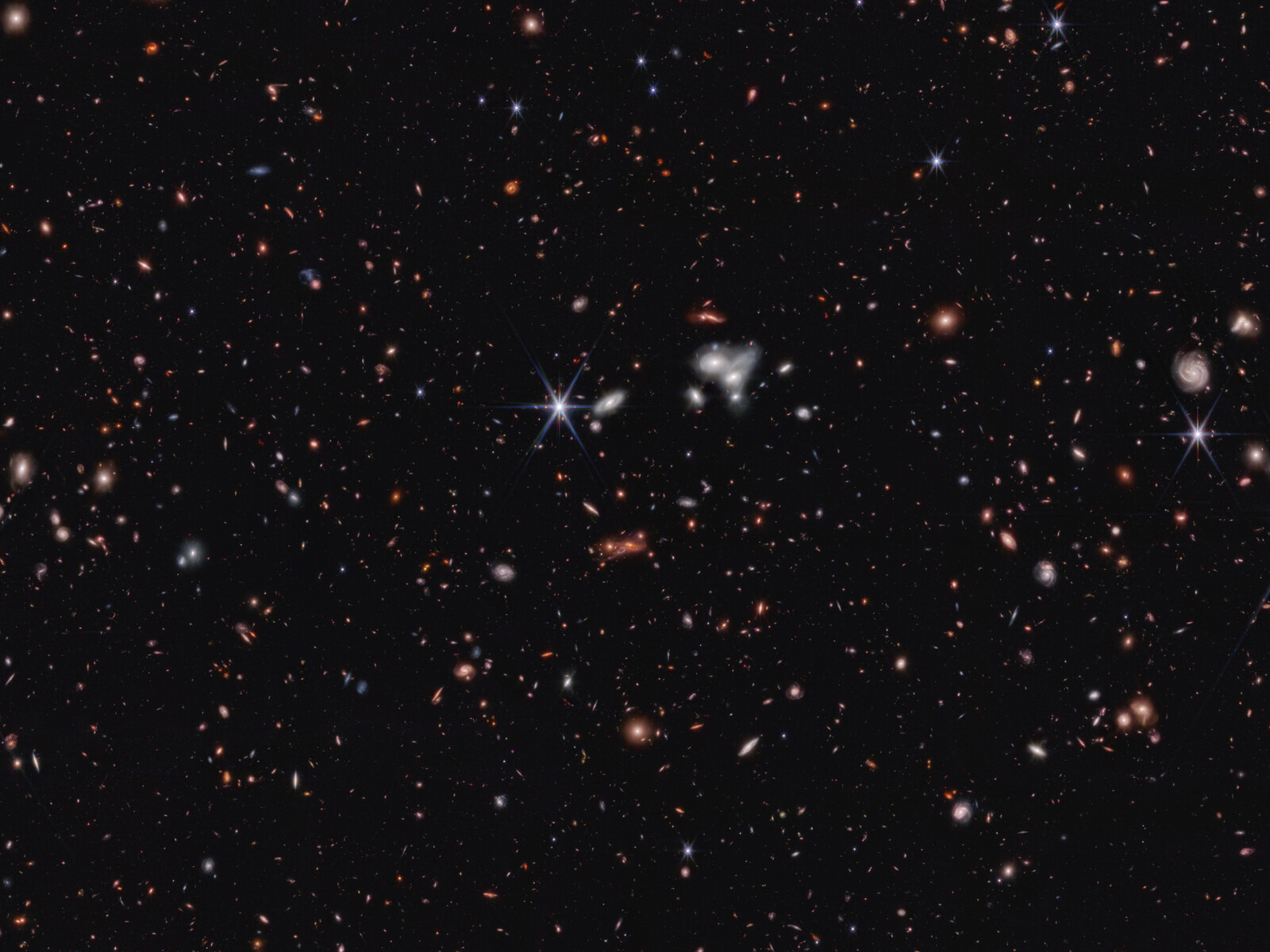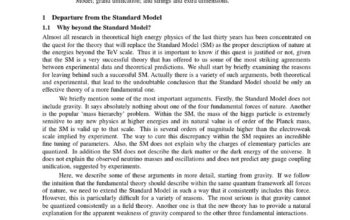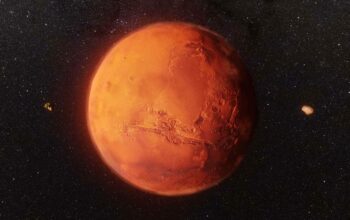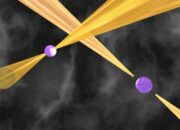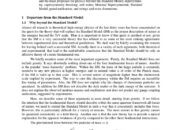The Early Universe is a fascinating tableau, a primordial canvas painted with the brushstrokes of cosmic events that continue to intrigue astrophysicists and cosmologists. As we endeavor to pierce the veil of time and space, we encounter the epoch of the universe’s birth, an era characterized by cataclysmic transformations and the emergence of the fundamental building blocks of matter. This exploration, often referred to as a journey back to the dawn of time, is akin to retracing footsteps on an ancient trail of cosmic history, where each step taken unveils the mysteries that have long remained shrouded in obscurity.
To comprehend the early universe, one must first grasp the concept of the Big Bang, an event described not merely as an explosion but as a rapid expansion of spacetime itself. This singularity, believed to have occurred approximately 13.8 billion years ago, marks the inception of our universe, a moment when all matter, energy, space, and time converged into a highly dense state. From this initial condition, the universe began a frenetic expansion, a phenomenon that can best be visualized as the inflation of a balloon, where every point on the surface moves away from every other point. However, the analogy, while illustrative, falls short of capturing the complexity and intricacies of such a momentous occurrence.
In the fleeting seconds following the Big Bang, the universe experienced conditions of extreme temperature and density, during which elemental particles coalesced to form protons and neutrons. These nucleons would later evolve into the atomic nuclei of hydrogen and helium, the simplest elements, during the period known as Big Bang Nucleosynthesis. This phase was crucial, for it laid the foundational structure upon which the universe as we know it would eventually come to exist. The simplicity of these first elements is contrasted by the rich tapestry of complexity that would follow—stellar formation, the synthesis of heavier elements, and ultimately, the emergence of planets capable of hosting life.
The concept of inflation is another crucial chapter in this narrative; a brief period when the universe expanded exponentially. This nascent inflationary epoch, occurring mere fractions of a second after the Big Bang, set the stage for the large-scale structures we observe today. It is essential for one to understand this phase as not just a footnote in cosmic history but as a critical juncture that catalyzed the formation of galaxies and clusters. The implications of inflation are profound; they suggest an inflationary field permeating the cosmos, reshaping our understanding of how the universe’s fabric was woven.
As cosmic background radiation began to cool and stretch across the universe, photons decoupled from matter, giving way to the Cosmic Microwave Background (CMB): a faint relic radiation, a whisper from the moment of recombination when electrons and protons formed neutral hydrogen atoms. The discovery of the CMB, a serendipitous byproduct of technological advancement, has been pivotal in corroborating the Big Bang theory, offering empirical evidence of conditions that existed over 13 billion years ago. This isotropic glow, detectable in all directions, serves as a testament to the hot, dense state of the early universe, providing astute astronomers with a wealth of data regarding the universe’s infancy.
No discourse on the nascent universe would be complete without delving into the concept of dark matter and dark energy. As galactic structures began to take form, the presence of unseen mass became apparent. Dark matter, accounting for a significant portion of the universe’s total mass, interacts gravitationally yet remains undetectable through conventional electromagnetic means. Meanwhile, dark energy emerged as an enigmatic force propelling the accelerated expansion of the universe. Together, they compose the cosmic framework, shaping the evolution of all matter and the expansion of the cosmos itself.
The myriad discoveries from telescopes and observational satellites, such as the Hubble Space Telescope and the more recent James Webb Space Telescope, have intensified our pursuit to unveil the secrets of the early universe. These instruments serve as our cosmic time machines, peering billions of light-years away to observe galaxies in their formative years. The grandeur of these distant galaxies reveals intricate details about their formation and the impact of environmental conditions on their evolution, illuminating aspects of cosmology that were previously left to speculation.
Yet, as we reflect on this journey to the dawn of time, one cannot help but recognize the philosophical implications of such exploration. The early universe invites contemplation on existence, the nature of reality, and humanity’s place within the vast cosmic expanse. Each discovered quark and photon is a testament to the intricate dance of forces that has crafted the cosmos. The intricacies that govern the universe, manifest in both minute and grand scales, challenge our understanding and ignite a fervent curiosity to pursue knowledge beyond our immediate perception.
In conclusion, peering back to the early universe is not merely an academic endeavor; it is a profound exploration into the very fabric of reality. The dynamics of inflation, nucleosynthesis, and cosmic evolution collectively elucidate a narrative that is as complex as it is captivating. As researchers continue to unravel these ancient epochs, the quest to understand our universe becomes a universal quest for meaning—a pursuit that bonds humanity with the cosmos, inviting us to reflect on the timeless questions of existence and creation. In our efforts to comprehend the early universe, we engage not only with the cosmos but with the essence of our own curiosity, discovery, and enlightenment.
